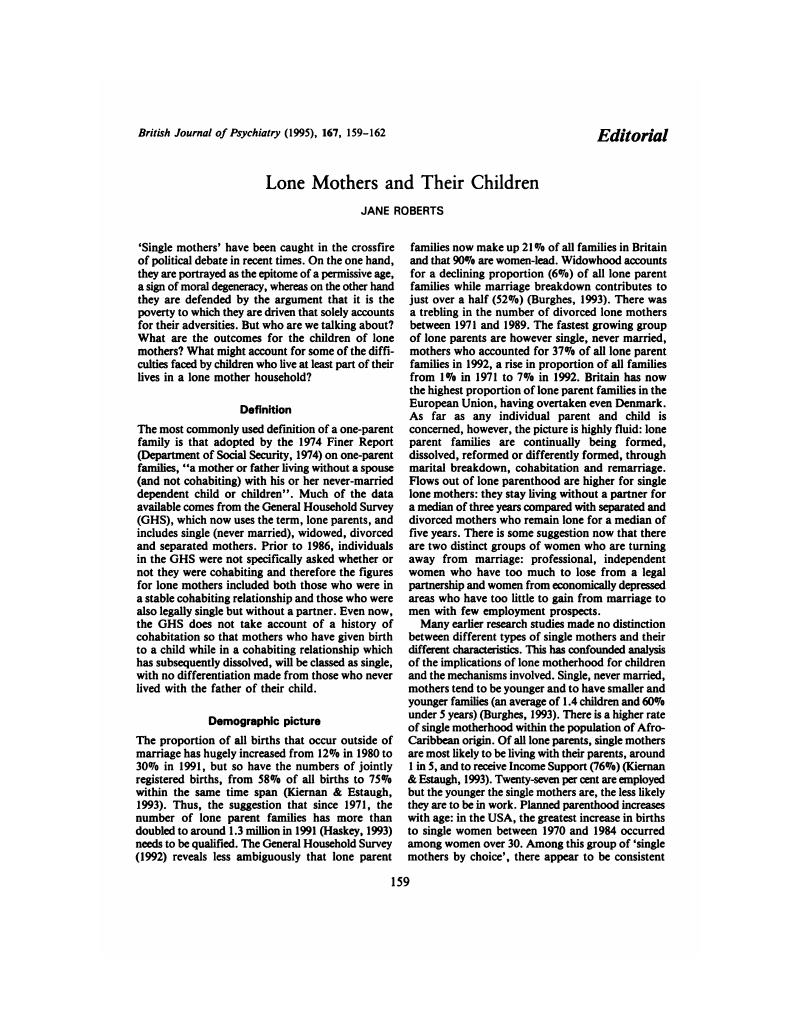Crossref Citations
This article has been cited by the following publications. This list is generated based on data provided by Crossref.
Cox, John L.
1996.
Perinatal mental disorder—a cultural approach.
International Review of Psychiatry,
Vol. 8,
Issue. 1,
p.
9.
Buitrago Ramírez, Francisco
Ciurana Misol, Ramon
Fernández Alonso, María del Carmen
and
Tizón, Jorge L.
2022.
Prevención de los trastornos de la salud mental. Hijos de familias monoparentales.
Atención Primaria,
Vol. 54,
Issue. ,
p.
102445.




eLetters
No eLetters have been published for this article.